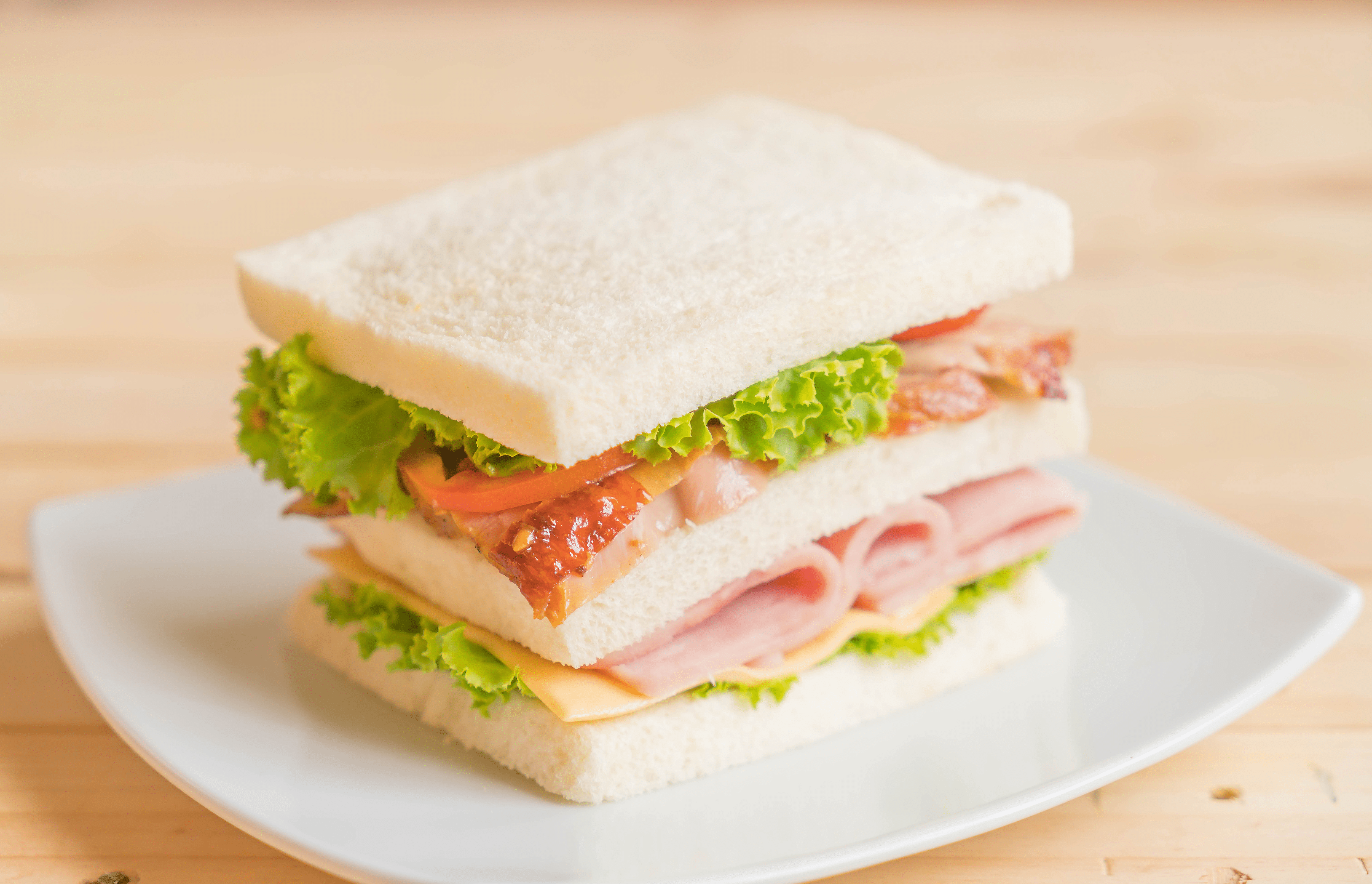
02 Nov All about sandwich bread
Sandwich bread is one of the most common and convenient leavened breads in the world. Walk into anyone’s kitchen and you will likely spot a loaf. Stand in the bread aisle in a supermarket and be overwhelmed by the wide range of sandwich breads available. Simple and unpretentious, this is an everyday bread perfect to go with everything from savory soup to sweet spreads.
How the sandwich got its name
The term “sandwich” is thought to have come from the name of an English nobleman, Sir John Montagu, the Earl of Sandwich. The Earl of Sandwich was a very keen gambler and received friends frequently for parties that would continue late into the night. Not wanting to lose his concentration, he told his butler to make something he could eat at the gambling table without a plate, knife or fork – so that he doesn’t have to leave for snack breaks! The butler prepared two slices of bread with cold meat and cheese in between. Overtime, the snack grew in popularity and was dubbed the “sandwich”.
Attributes of sandwich bread
A typical sandwich bread is characterized by:
- a fine, light crust
- a soft, white crumb
- a mild or neutral flavour that’s compatible with a wide range of sweet or savoury foods
- good preservation powers (often in packaged and sliced format)
Variety of sandwich bread
Because the sandwich bread is such a popular pantry staple, it is not surprising to see numerous variants in grocery stores and bakeries as one attempts to stand out from another.
Sandwich bread can be:
- baked with white or wholemeal wheat flour
- baked with or without colouring ingredients, such as matcha for green colour, bamboo charcoal for black colour
- made using pre-fermentation or straight process
- with or without crust
- eaten soft and fresh or toasted
- made into bread pudding, shaped using a mould, etc
Sandwich bread has also adapted to consumers’ demand overtime in terms of:
- Nutrition and wellness – it is one of the first foods to be fortified with nutrients such as iron, vitamins and fibre.
- Indulgence – factor in different preferences such as for sugar, fat, milk content, extra-softness, trendy or local flavour, etc
- Shelf life – ensures quality is maintained days after it was baked to withstand lengthy transportation and storage
Sensory analysis of sandwich bread
How does one describe sandwich bread? Putting our perceptions into words is no easy task. Some people describe sandwich bread as having a “fine crumb” and others describe it as “light texture”. Sensory analysis is a scientific process of quantifying the characteristics of a bread product using the five human senses. It is an important tool for the baking industry to find a common language to describe a product.
For sandwich breads, factors to be assessed during sensory analysis include:
- Appearance – shape, colour (intensity, evenness, etc) of whole loaf, crust and crumb
- Smell – aroma of the loaf (buttery, yeasty, honey, malty, etc)
- Texture – feel of the entire bread, crumb and crust (crispy, moist, fluffy, dense, mochi, etc) when touching with hands and chewing in the mouth.
- Taste –aromatic characters and flavours (acidic, fruity, dairy/buttery, sourdough, etc) of the bread which largely affect the like or dislike of the bread
To date, no machine can replicate human senses, making sensory analysis an invaluable service we offer at Lesaffre.
Our Baking Center™ support
Our Baking Center™ is staffed with knowledgeable, skilled bakers, as well as food scientists who are always on hand to support in the areas of: product and process development, technical assistance, formulation, sensory analysis, and training.
Reach out to your local distributor or visit us at lesaffre.com.sg for more information.
Stay up to date with insights on the latest consumer food trends, technical articles, and more! Follow us on Facebook, Instagram and LinkedIn.





Sorry, the comment form is closed at this time.